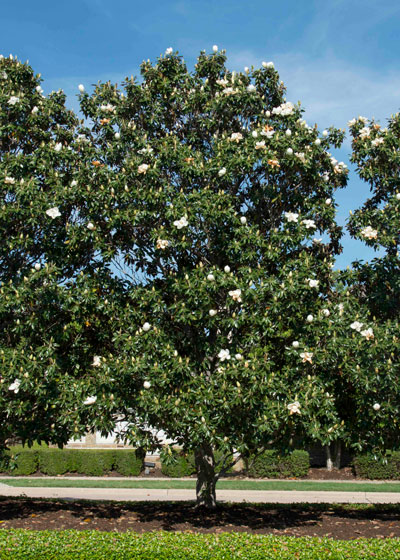Question of the Week – Number Two: April 29, 2021

So, the question is…
“What is the best way to fertilize trees?
Root-feeding rods?
Stakes?
Punching holes in the ground and pouring in fertilizer?
Those are my choices?
My answer: None of the above.
Each of those shares the same flaw. Each puts a heavy concentration of fertilizer in one specific location, then another heavy concentration in another, and so on and on across the lawn.
It takes a lot of time to do all of that, and you end up super-over-applying fertilizer to those “special spots,” while the soil in between goes without. Nutrients move downward in the soil much more efficiently than they move sideways. Much of the nutrition gets wasted.
So, you may be thinking about trees’ taproots and that by putting the plant food sub-surface with one of these methods that you’ll be getting it down to those roots.

Well, wrong again, Wrigley. Fact is that 90 percent of any tree’s roots are in the top foot of soil. That includes the “feeder” roots that take in water and nutrients. That’s nature’s way of ensuring the tree can compete with grasses and other herbaceous vegetation for rainfall. The taproots are there, but they plunge deeply into the soil seeking water, but more than that, providing support and stability.
I fertilize my shade trees while I’m feeding my lawn or groundcover. I make an extra pass across the trees’ root zones (especially out around the drip line) as I push my spreader back and forth. The trees compete quite well. And so do the turf, groundcovers and shrubs. They all need the same all-nitrogen fertilizer, so it makes the job simpler.
I fertilize my lawn and my shade trees now, again in early summer and a third time in very early fall. That’s where I have St. Augustine.
Where I have bermudagrass, I may insert another feeding in early August, then move the final feeding a bit later into September.
Perhaps I should be more precise in my feedings by giving each type of plant something a little bit different, but my friend, life is too short. It’s like we told our kids: “What is put on the table is what you’re going to get. Make the best of it.”
